Photo Courtesy: su neko (flickr)
If you haven’t seen “Blackfish,” the heavily awarded documentary depicting the lives of orcas in captivity, I would recommend taking the time to watch it on Netflix. It’s an extremely moving documentary filled with compelling information, showing the tragic life of a captive orca. Here are some key takeaway points from watching, supported by some independent follow up research as well.
First of all, every pod of orcas essentially speaks a different language. When orca pods are artificially assembled at parks like SeaWorld, the orcas can’t communicate with each other. Consequentially, they’re forced to build hierarchies using aggressive behavior, often harming each other both physically and psychologically.
Secondly, orcas have an enlarged limbic lobe in their brains, indicating high functioning emotional capacities. Orcas’ limbic lobes are larger in proportion to their brain than human limbic lobes. There’s evidence suggesting that orcas feel a whole range of emotions deeply — frustration, grief, anger, joy, etc. When a mother orca’s calf is taken away and moved to another park, she feels very real grief. Mothers and their offspring stay together for life in the wild.
They’re also extremely intelligent mammals that swim up to a hundred miles a day in the wild, the equivalent of 1,400 circles in a SeaWorld tank. The lack of stimulation causes these mammals to slip into a type of psychosis. Overwhelming facts chip away at the defenses for orca captivity (mainly that seeing orcas inspires visitors to care more about marine conservation) and once one conducts the research, the message becomes clear: Orcas have no place in a tank at SeaWorld or in any kind of captivity in general.
Since “Blackfish” came out, SeaWorld’s shares have plummeted and its sales have decreased considerably. In an attempt to repair its image, the marine theme park introduced the Blue World Project. The Blue World Project proposes the demolition of existing orca tanks and the construction of larger ones. The new tanks would be three times the size of the old ones, with 1.5 acres of surface area and 50 feet of depth. They will have new features, like a fast water current that the orcas could swim against. SeaWorld claims that this new environment will improve the lives of its orcas, offering a more stimulating and authentic environment.
However, a couple of problems stand out to me right away. SeaWorld would never advertise the real reason it craves more space in the tanks: to accommodate more forcible breeding. It wants to increase the size of its orca collection and needs more room to do so. Also, while much better than the existing tanks, the proposed tanks would still be entirely too small and unstimulating for the orcas. The depth of the tank would only be a little over twice as long as an orca (not nearly the “ocean-like depths” described), and 1.5 acres sounds ridiculous in comparison to an open ocean. My backyard at home is a little over an acre and I often feel bad that my 50-pound dog has such limited space to run around.
Taking this information into account, the California Coastal Commission made a groundbreaking ruling when SeaWorld came to them for approval of the project. The Commission approved the project, but with conditions attached. SeaWorld could move ahead with the project on the condition that it ends captive forcible breeding and accept new regulations on the moving and selling of orcas. This would mean that once the orcas currently living at SeaWorld San Diego die, there would be no more orcas at SeaWorld. The new regulation would also mean that SeaWorld San Diego couldn’t move orcas from other parks into its park or buy new orcas for its collection.
Naturally, SeaWorld was infuriated by the ruling and responded by saying it would “pursue legal action.” It believes that the Commission doesn’t have the power to impose such a ban and while it’s unclear at this time what the next step will be, the park will surely put up a fight.
However, if SeaWorld were to cancel plans to create a better environment for its orcas now, its image would be further damaged. The public would lose trust in the company, as its true intentions would come to light. I don’t think the Commission overstepped its bounds — I think that the ruling was brave and necessary. The conditions were fair and SeaWorld needs to stop expecting all of its wishes to come true now that the public sees them for the greedy, unethical company it is. Hopefully, this ruling will be the first step of many in making orca captivity obsolete.





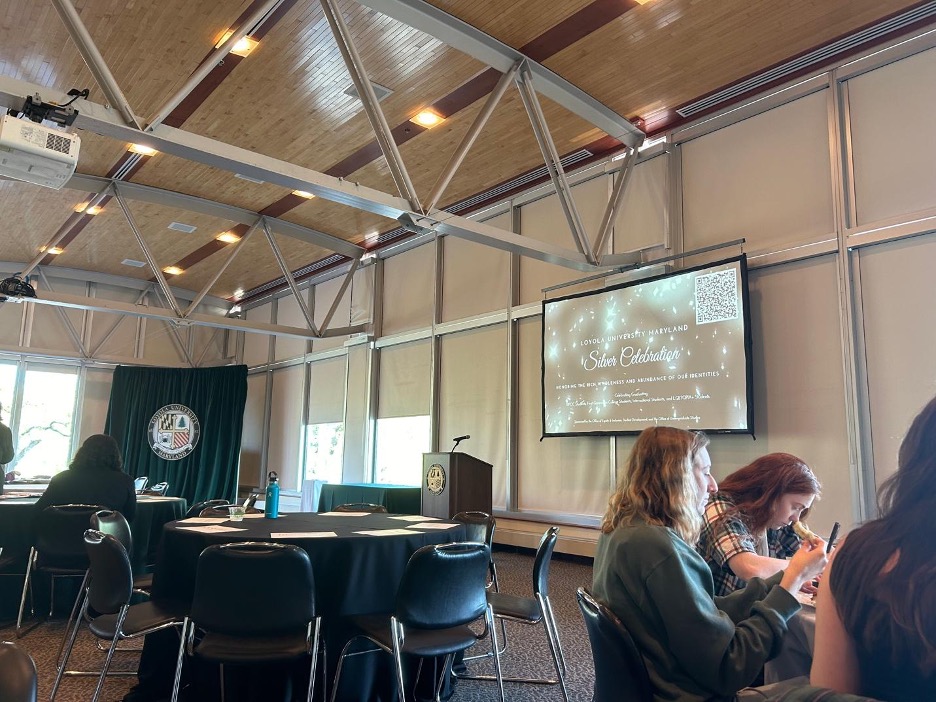


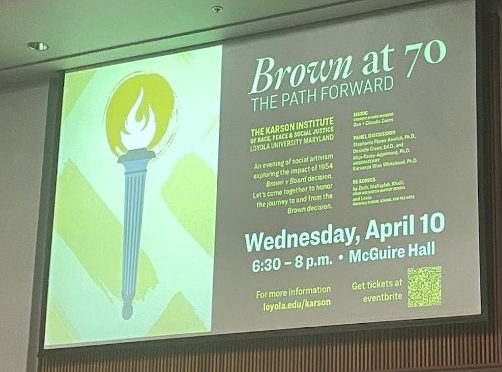

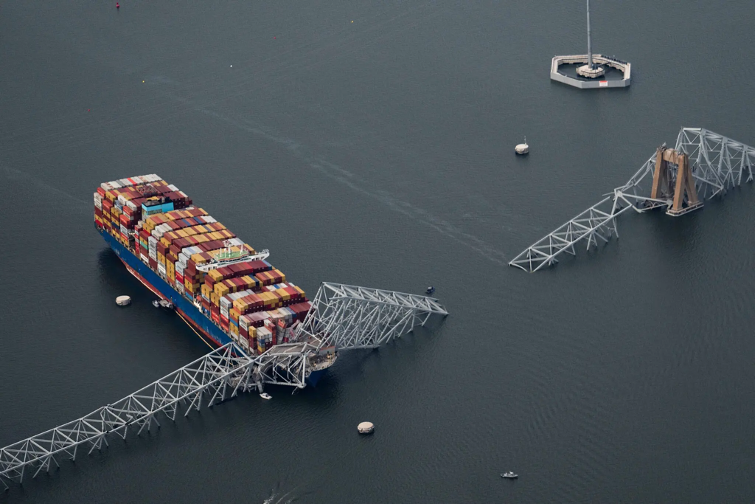

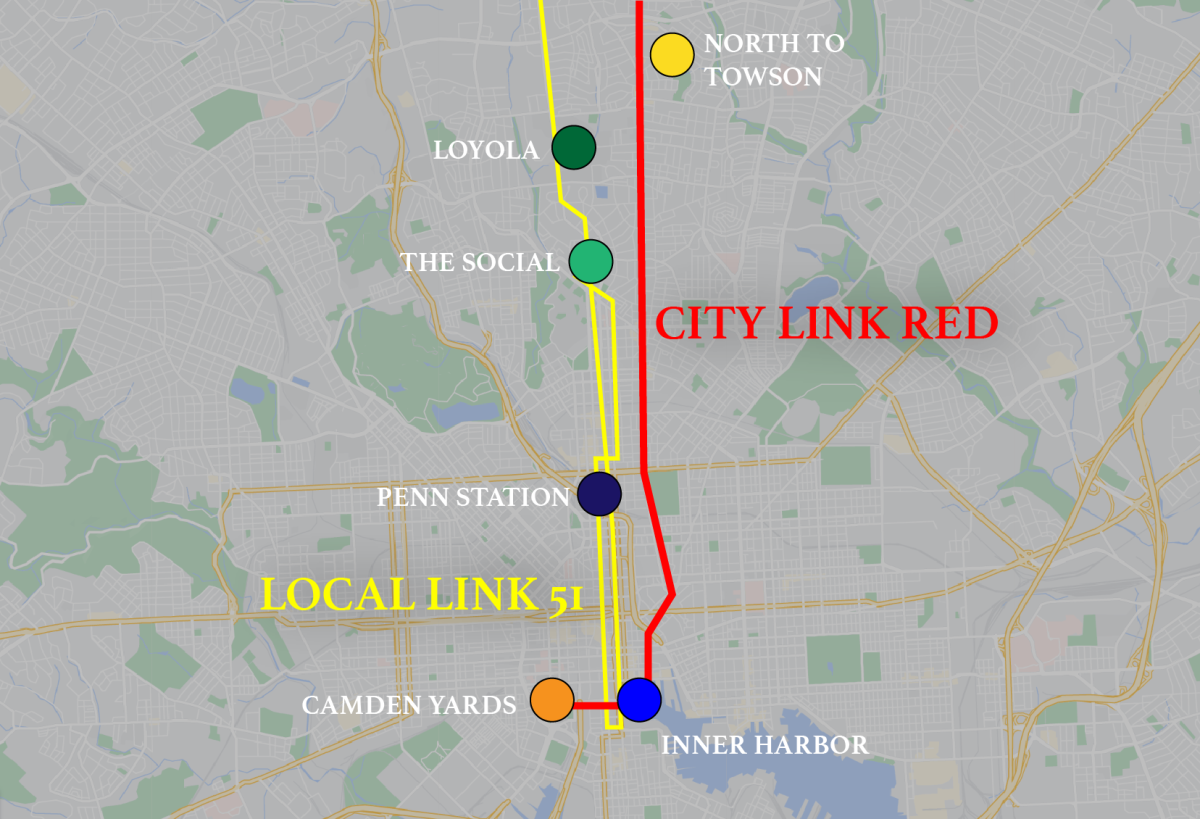

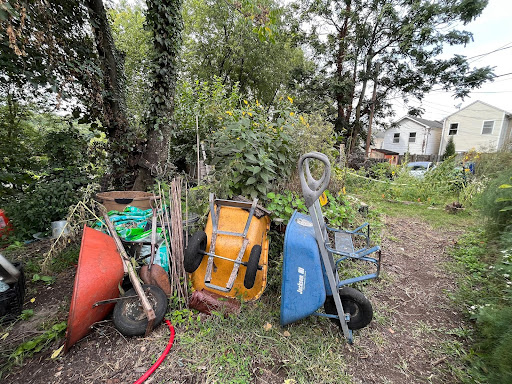













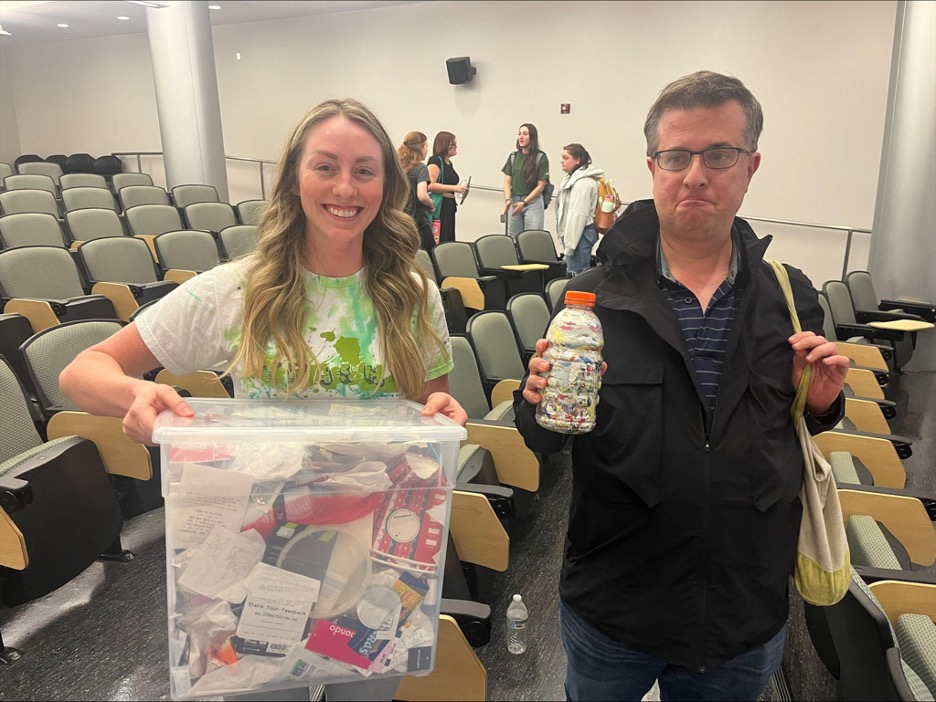









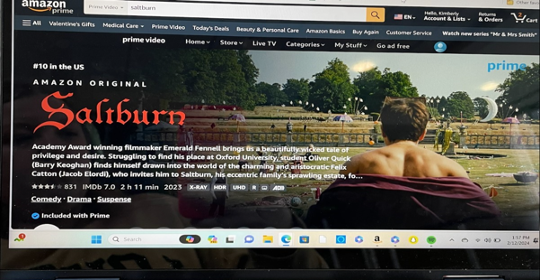
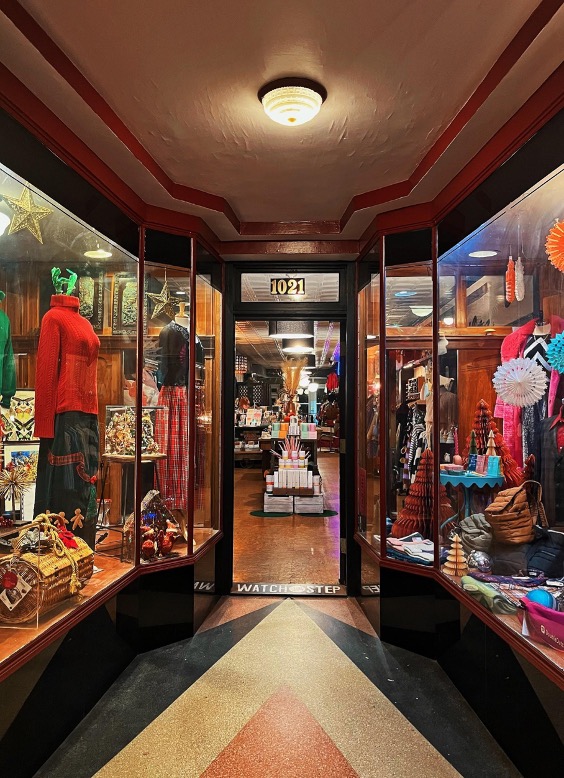
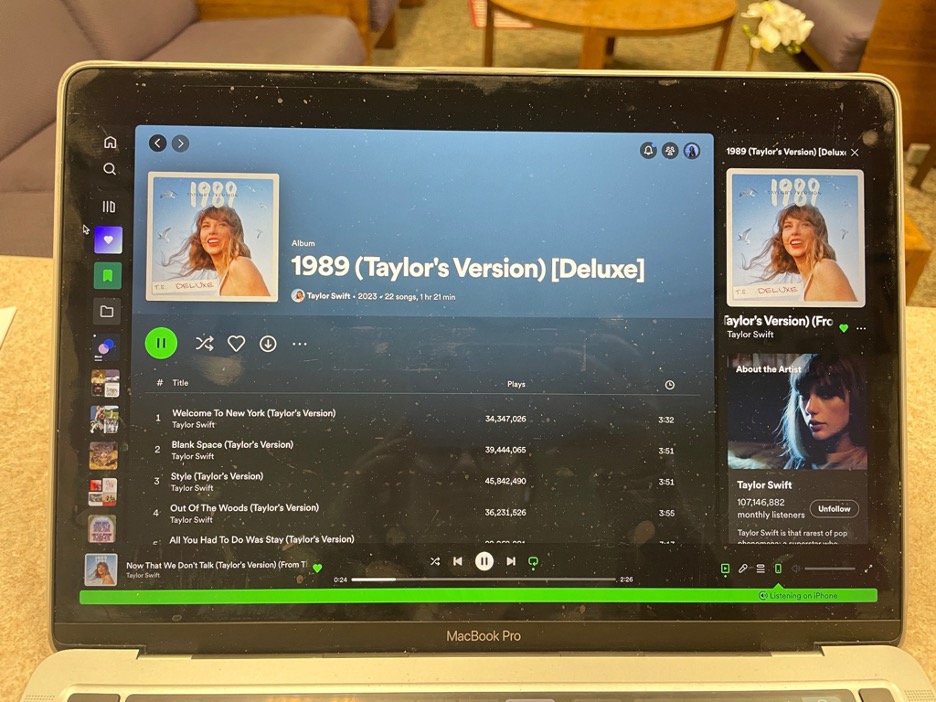











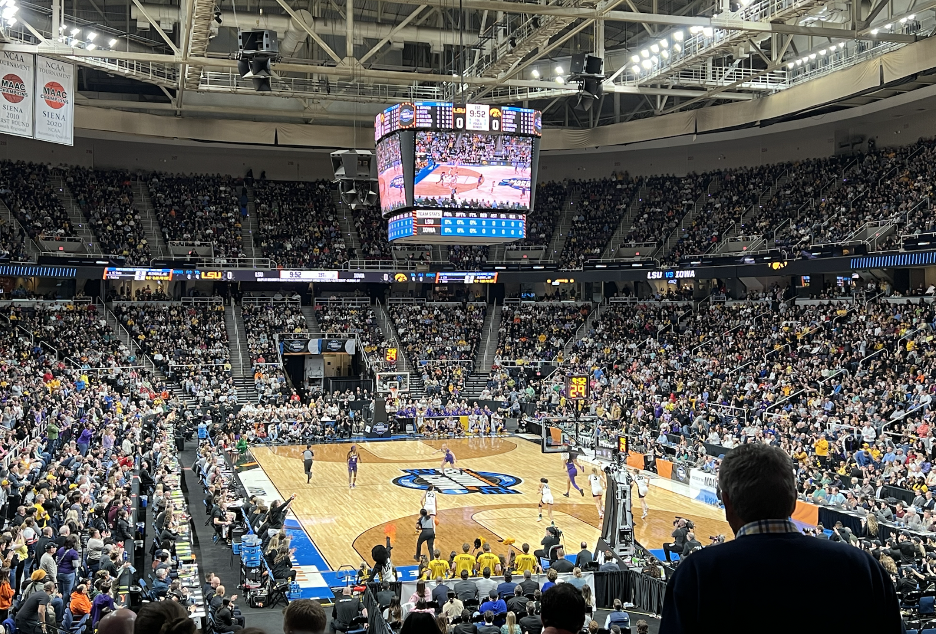
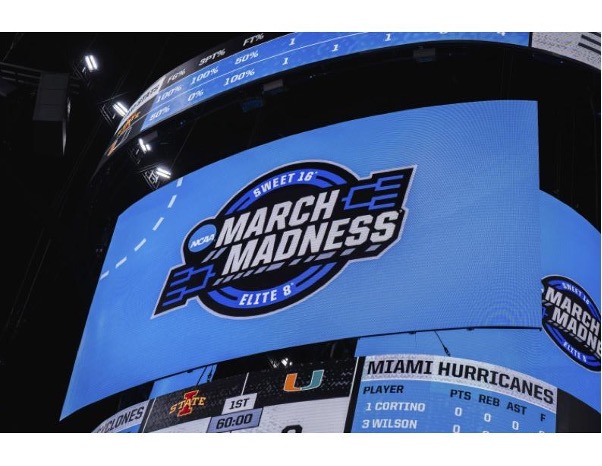




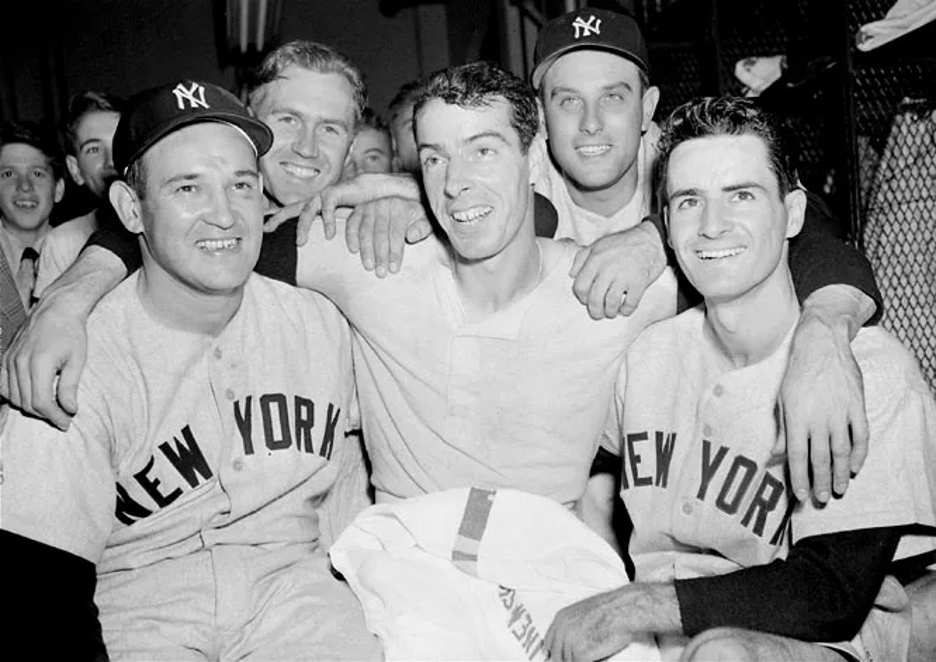
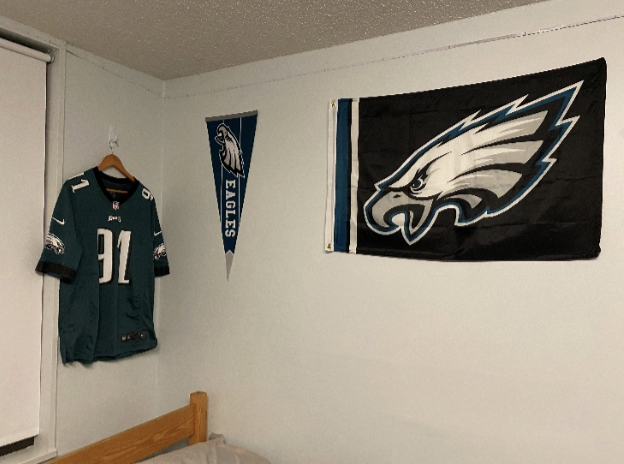


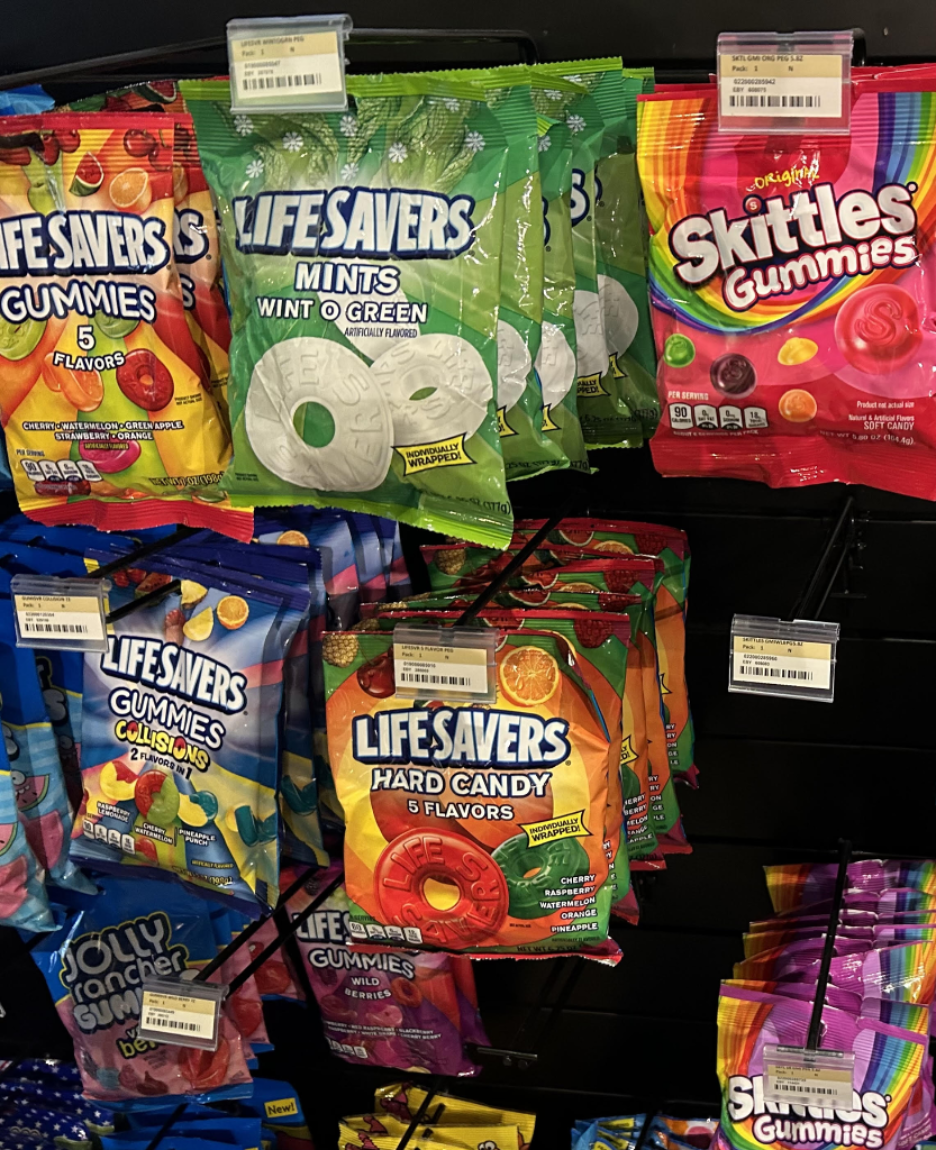
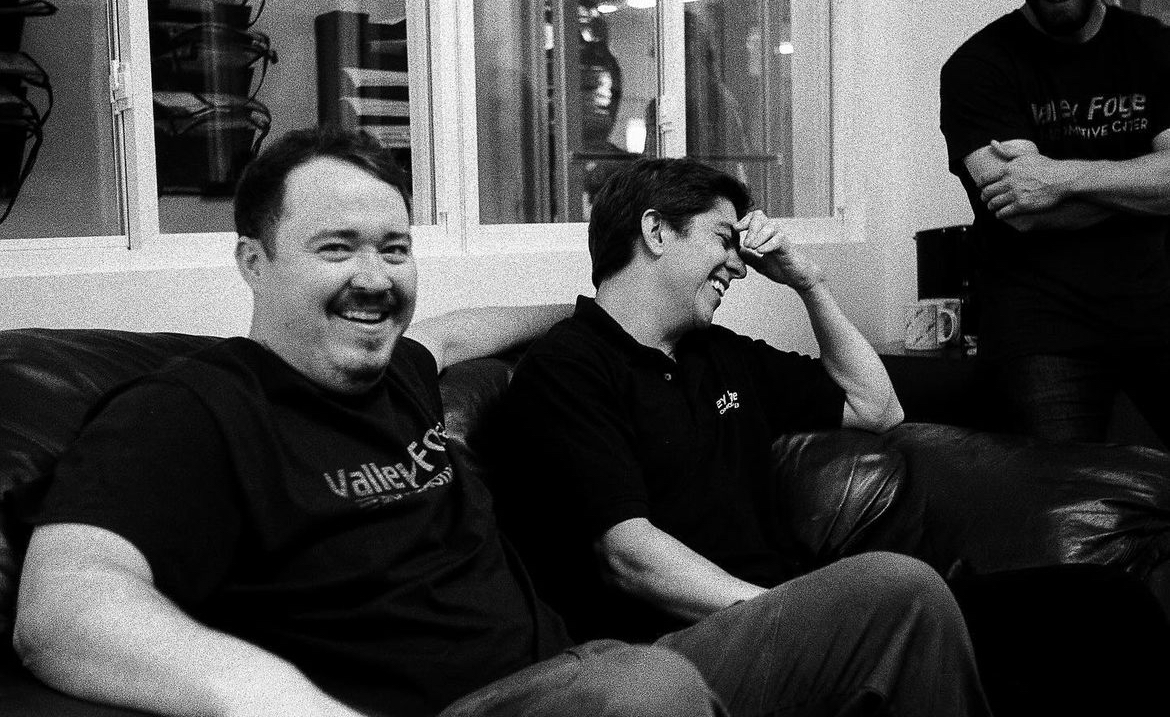






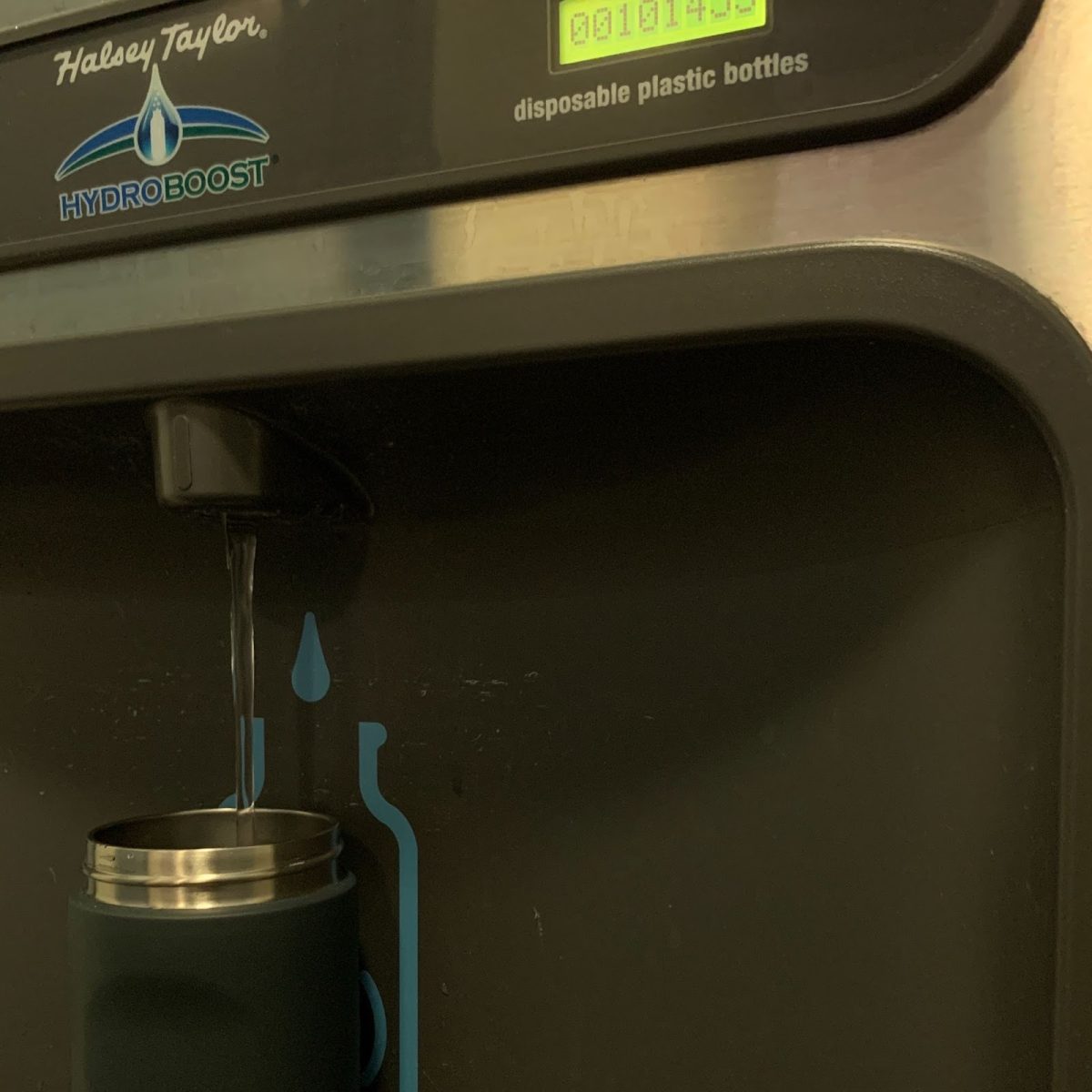




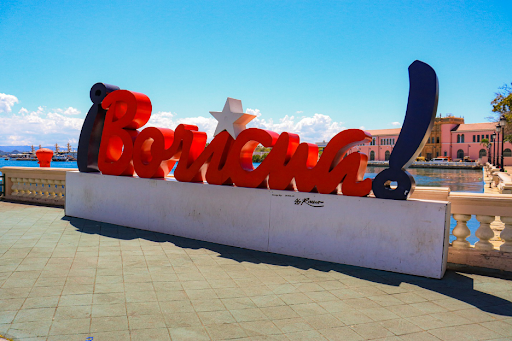
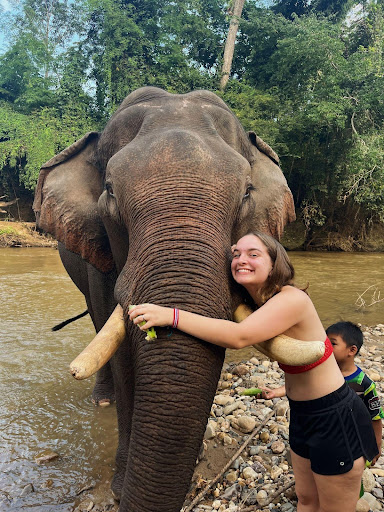
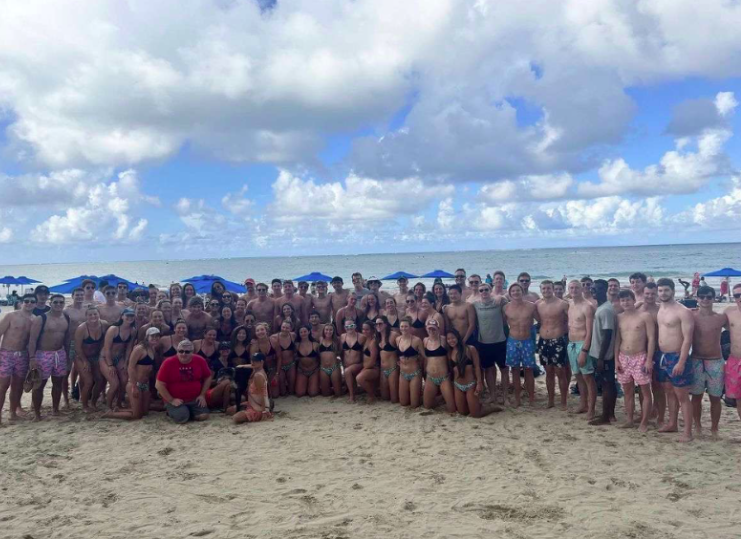
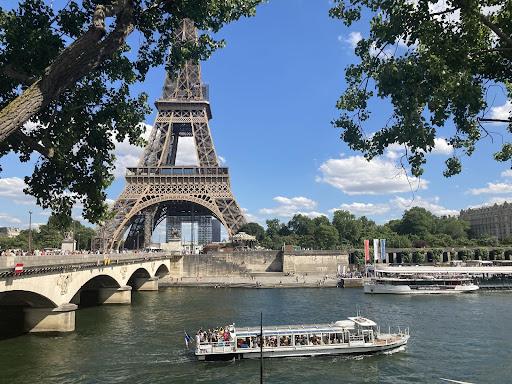

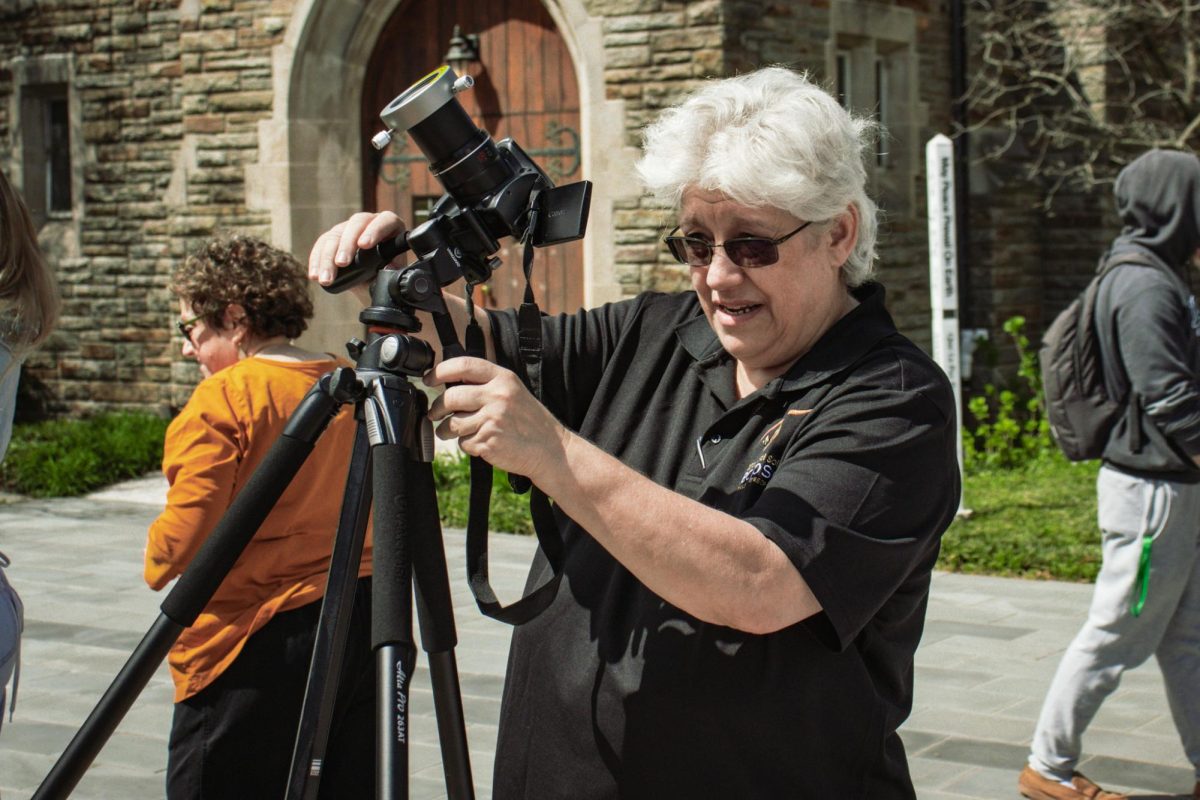

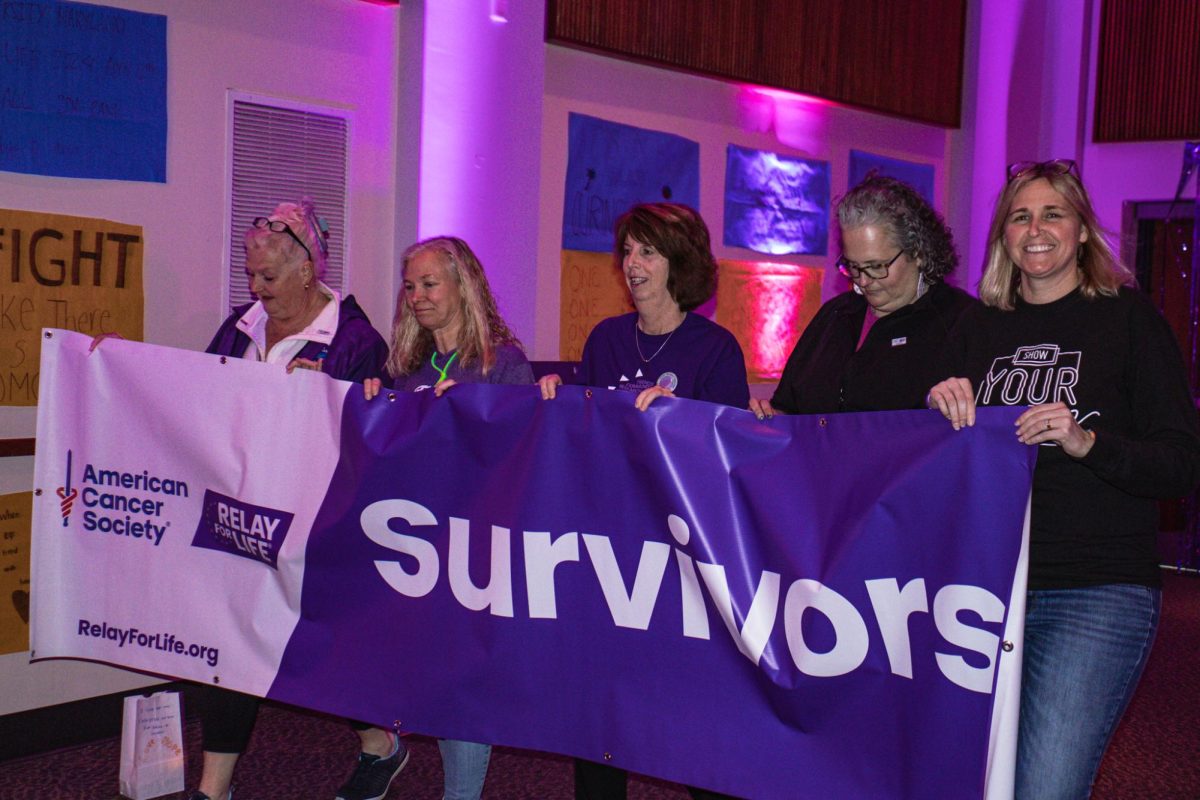


















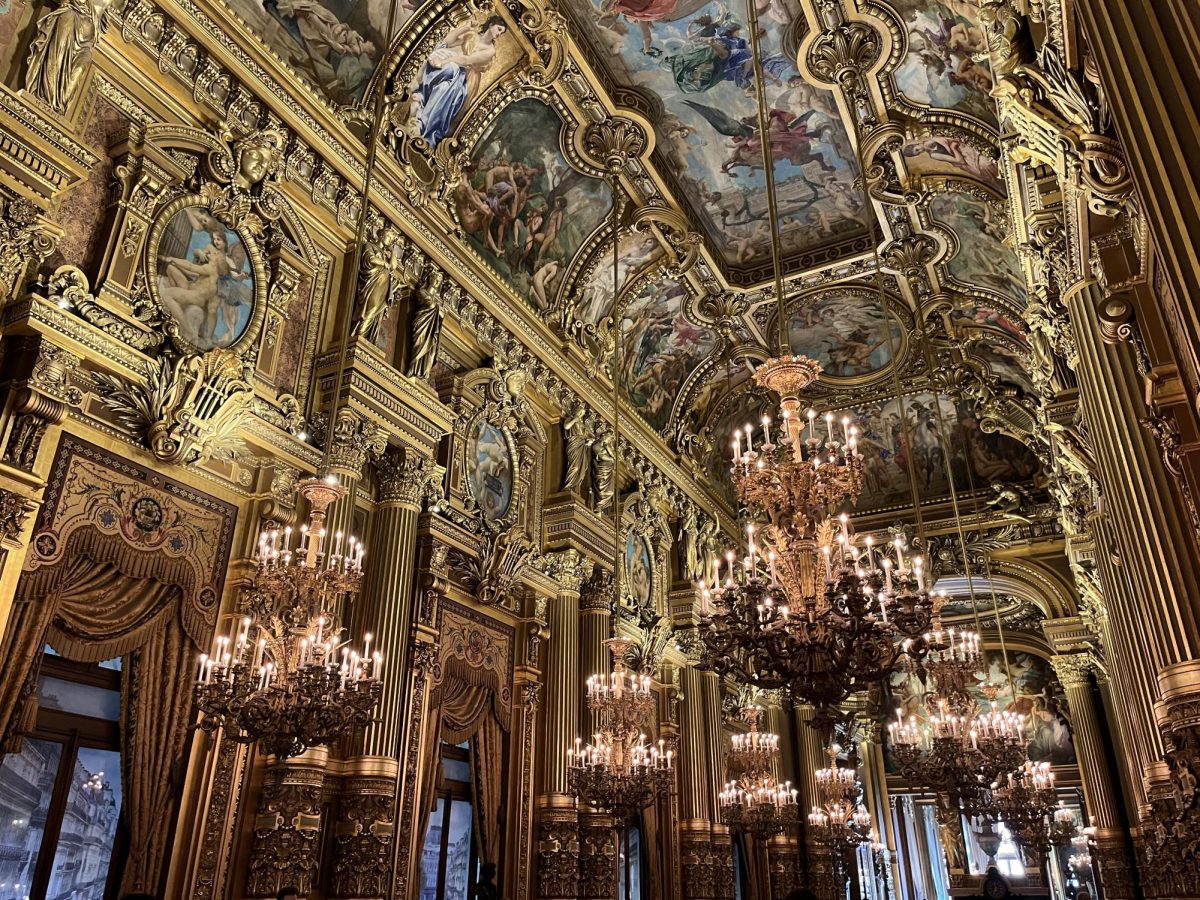

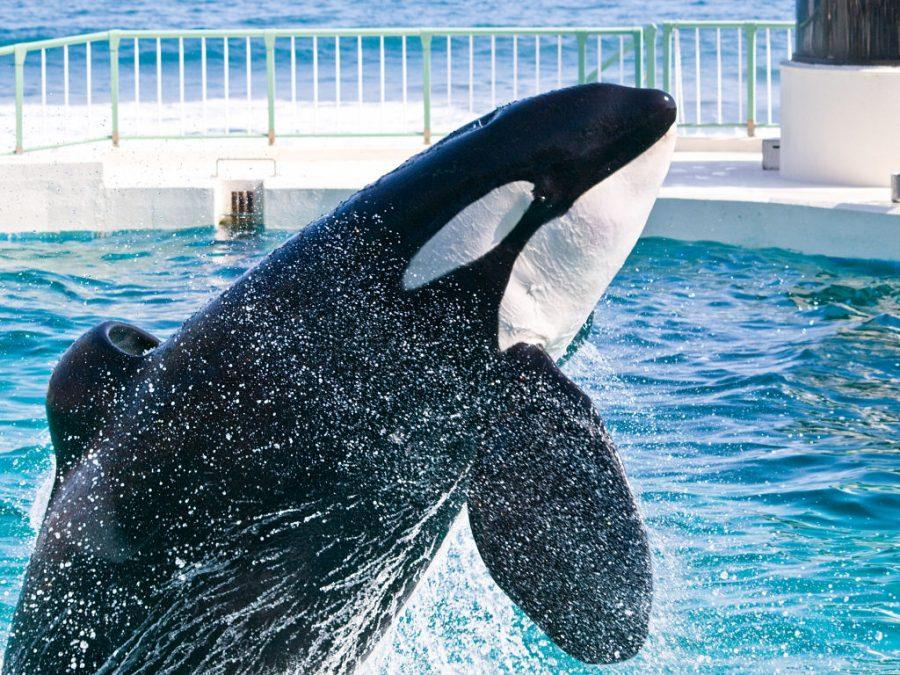
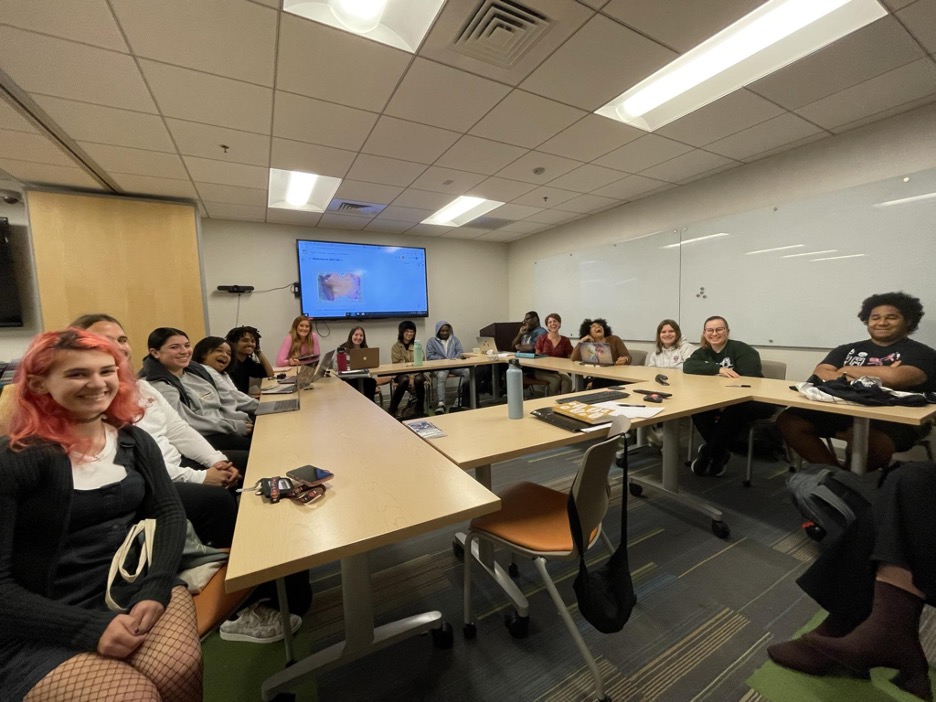




Zoe • Nov 10, 2015 at 6:08 pm
I understand that many people are against keeping marine animals in captivity, and that you have a right to your own opinions. However, your claim is not backed up by any sources to make your argument convincing. Also, Blackfish is not a reliable source to get information about SeaWorld from. Blackfish is not the documentary that it claims to be; instead, it is merely propaganda with very few true facts. The filmmakers use misleading video and unreliable people to attack SeaWorld. Most of the interviewed former SeaWorld trainers hadn’t worked at SeaWorld for more than a decade, and didn’t even work closely with killer whales. Also, many of them are extremely biased because of their association with PETA. If anyone wants more information about the lies that Blackfish spreads, please search these urls:
This page is a detailed Blackfish Analysis by SeaWorld that lists everything Blackfish got wrong WITH STRONG EVIDENCE:
http://da15bdaf715461308003-0c725c907c2d637068751776aeee5fbf.r7.cf1.rackcdn.com/adf36e5c35b842f5ae4e2322841e8933_4-4-14-updated-final-of-blacklist-list-of-inaccuracies-and-misleading-points.pdf
This video is an interview of former SeaWorld trainer Kyle Kittleson and his reaction to Blackfish:
https://www.youtube.com/watch?v=VX4GRC6L07w
I can’t stress this enough: you can be against captivity of killer whales, but you need to have trustworthy sources to back up your opinion. Blackfish is emotionally manipulative and has no credibility to say the least. Also, I see no quotes or real evidence to support your claim that the Blue World Project is a mask for breeding more whales. I can guarantee you that SeaWorld is not the evil corporation that is painted in Blackfish. Next time you write an article about SeaWorld, please do your research and find some proof. For all I know, you could be just as unreliable as Blackfish is.
Chloe Nightingale • Dec 31, 2015 at 3:02 pm
I actually did a major research project about a year ago where I pulled information from a variety of credible scientific sources. In that research project, I steered clear of Blackfish sources and information. I know what I’m talking about, thanks.
Julie Casey • Nov 2, 2015 at 8:10 pm
Thank you for your astute observations, we need more journalists like you making this issue known to folks who still don’t understand why cetacean captivity is so appalling. Those against keeping huge MARINE mammals in tiny barren concrete enclosures are now the overwhelming majority, thank goodness, but SeaWorld has been around for 50 years and some people don’t do too well with change. I can’t believe this country allows any of this mess to go on, but the tide has turned and it’s only a matter of time before it’s deemed illegal across the board, I think about those poor animals suffering while we’re all living oir lives, spending time with loved ones, moving from place to place without giving it a second thought. Horrible!
Doug Williams • Nov 2, 2015 at 3:30 pm
I have lived near SeaWorld San Diego most of my life in Pacific Beach, CA. The orcas are doing just fine thank you. I have been watching them many times per year, for most of my life, with my season passes.
I watched Blackfish. It was obvious from the beginning that it was intentionally produced as a dark drama documentary with a narrator who’s voice sounded like something from a haunted house. The film is a convoluted mixture of facts and fiction. Do more research Chloe and you will find that several of the characters in Blackfish have checkered backgrounds and their credibility is questionable at best.
SeaWorld’s stock is rising and is up $3 per share since September 1st. There are expansions planned at all of the SeaWorld parks and the future looks bright.
“SeaWorld would never advertise the real reason it craves more space in the tanks: to accommodate more forcible breeding.” I hope you have documentation to back that up Chloe. If that is just your opinion, it’s sounds like irresponsible reporting.
“The Commission approved the project, but with conditions attached. SeaWorld could move ahead with the project on the condition that it ends captive forcible breeding and accept new regulations on the moving and selling of orcas.” The state of California also outlawed clotheslines Chloe. No joke, google it. Years later they reversed that decision.
“The conditions were fair and SeaWorld needs to stop expecting all of its wishes to come true now that the public sees them for the greedy, unethical company it is. The millions and millions of hard working families that attend SeaWorld annually might disagree with that Chloe.
Everyone is pushing their own agenda Chloe. Republicans, anti Abortionists, Football fans, Democrats, Trophy Hunters, SeaWorld enthusiasts, Vegetarians, Illegal Immigrants, the LGBT community, Animal Rights Activists, Atheists, etc. And it goes on and on and on. It’s human nature to try and get your way. But let us all be careful that we are being fair and objective while doing that. Thanks.
Julie Casey • Nov 4, 2015 at 10:20 am
It’s quite comical that you are instructing others to be objective when you are being anything BUT. You can list the various groups of people you’re upset with 100 times in each comment you write, it won’t change the simple fact that cetacean captivity is an absolutely appalling practice. When your employer SW finally comes to terms with that fact, maybe they’ll consider revising their business model and their business might even bring in some profits.
Lucy • Nov 6, 2015 at 12:40 am
SeaWorld does want to use the Blue World Project as a orca factory. They just recently stated that they still are going to open a SeaWorld in the Middle East. Where are they going to get orca’s to ship? They can’t steal them for the wild…(well, not how they used to…they can ‘fake’ they saved one, aka Morgan)…so they’ll need to breed them. The CCC saw this and STOPPED it.
Chloe Nightingale • Dec 31, 2015 at 3:05 pm
What I find most comical about your comments is that this is in fact an ‘opinions’ column. So, yes, some of this article states my opinions…
Carlie • Jan 17, 2024 at 6:14 pm
The Killer Whale pools at SeaWorld are not meant for such intelligent and powerful animals. There’s no natural stimulation to keep the orcas mentally and physically fit. They can’t echolocate, forage for food, dive or breach.
SeaWorld is going to have to change their business model or close its doors. It’s that’s simple.
Robert Anderson • Nov 2, 2015 at 11:48 am
The courts will likely have to decide whether this CCC ruling stands, but the text of the CCA specifically calls for liberal interpretation of the act. I’m no longer a CA resident but sent an email expressing my views against.
I’m against cetacean captivity but was once a SeaWorld regular with an annual pass. Part of the story Blackfish didn’t tell is that San Diego visitors were once able play with the orcas, at least the last 2 years worth that SeaWorld captured from the wild. These orcas formed friendships with some visitors. I came to know the 2 mothers in Blackfish who cry when their daughters are taken away. I also knew the father of 2 other orcas in Blackfish, including Keto who killed his trainer at Loro Parque. The father died horribly before the events of Blackfish when his head was crushed in a gate mechanism.
Blackfish doesn’t portray how friendly and gentle these orcas were before SeaWorld ruined them. Years before these orcas pulled their trainers underwater and hurt them, as when Kasatka repeatedly pulls her trainer to the bottom of the pool, their human friends let the orcas take hold of a hand or arm and pull them towards the pool. The orcas always let go before you fell in. These orcas were once curious about humans, affectionate to their friends, and full of mischief. Kotar, the father who died, would slide on top of the waist high pool wall and spit a mouth full of water at visitors.
My hope is that the 2 survivors of the 4 I knew will some day be retired to sea pens. Even though they were captured from the wild, they have captive born children and grandchild from whom they cannot be separated.